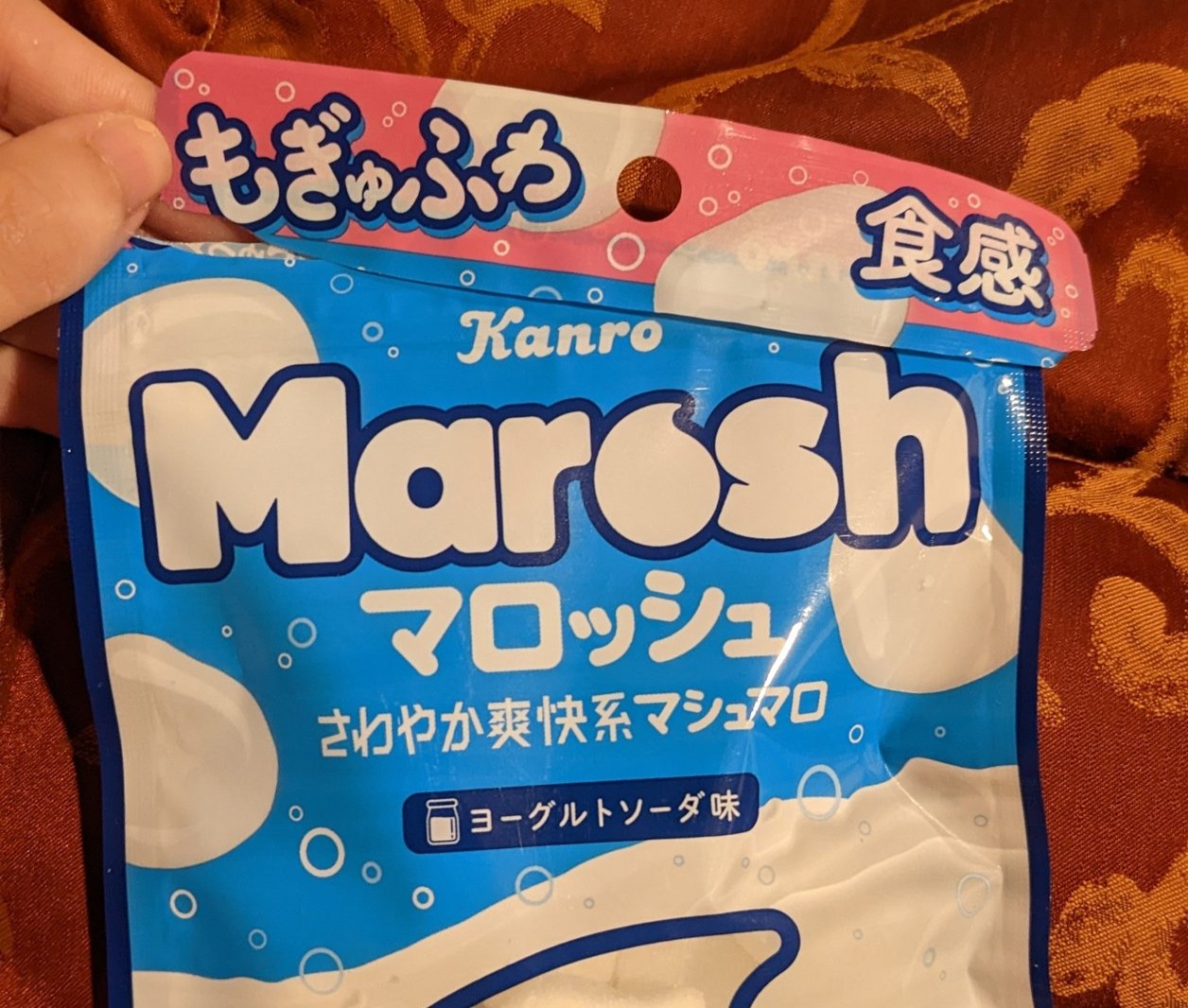Binomial ideophones in Japanese

A cool new phenomenon in the land of Japanese ideophones!
Today I wanted to write about this cool new phenomenon that is becoming increasingly common in Japanese, which involves the compounding of pairs of ideophones, or of single ideophones with words from other classes. (Ideophones are like onomatopoeia on crack, see Dingemanse 2021 for a full definition)
Kimi Akita and Keiko Murasagi have written a very interesting paper on it in the journal Morphology, see the citation below:
Akita, K., Murasugi, K. Binomial adjective doublets in Japanese: A Relational Morphology account. Morphology 32, 281–297 (2022). https://doi.org/10.1007/s11525-022-09395-z
Below are some fun examples:
| form | compound | meaning |
|---|---|---|
| mogyu.fuwa | IDEO+IDEO | chewy (mogyumogyu) and fluffy (fuwafuwa) |
| gaku.buru | IDEO+IDEO | knocking together (gakugaku) and shaking (buruburu) |
| fuwa.toro | IDEO+IDEO | fluffly (fuwafufwa) then melting (torotoro), of Japanese omelettes |
| toro.umai | IDEO+ADJ | melting (torotoro) and delicious (uma.i), of kobe beef |
The picture at the top of this post is of some lollies that are mogyu.fuwa.
You could say this dog’s legs are shaking gakuburu:

This omelette is fuwatoro

And this beef is toroumai

Anyway, aside from being really cool and innovative, I mention these compounds because they’re typologically unusual, particularly the ones which combine ideophones with other parts of speech. I think Korean does this as well, but other than that I don’t know of any other languages like Japanese and Korean where the ideophones are so well integrated into the rest of the lexicon.
If you want to learn more about the system integration of Japanese ideophones, my colleague Kimi Akita has a paper on that too! (He has a paper for everything!)
You can read it here (linking from Kimi Akita’s site)